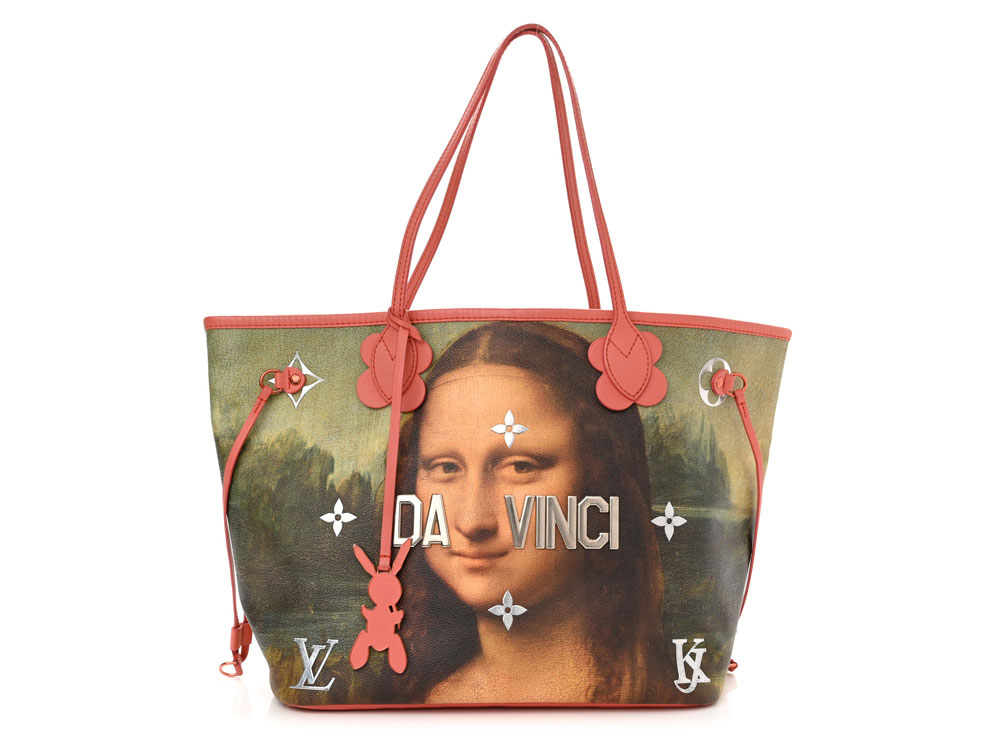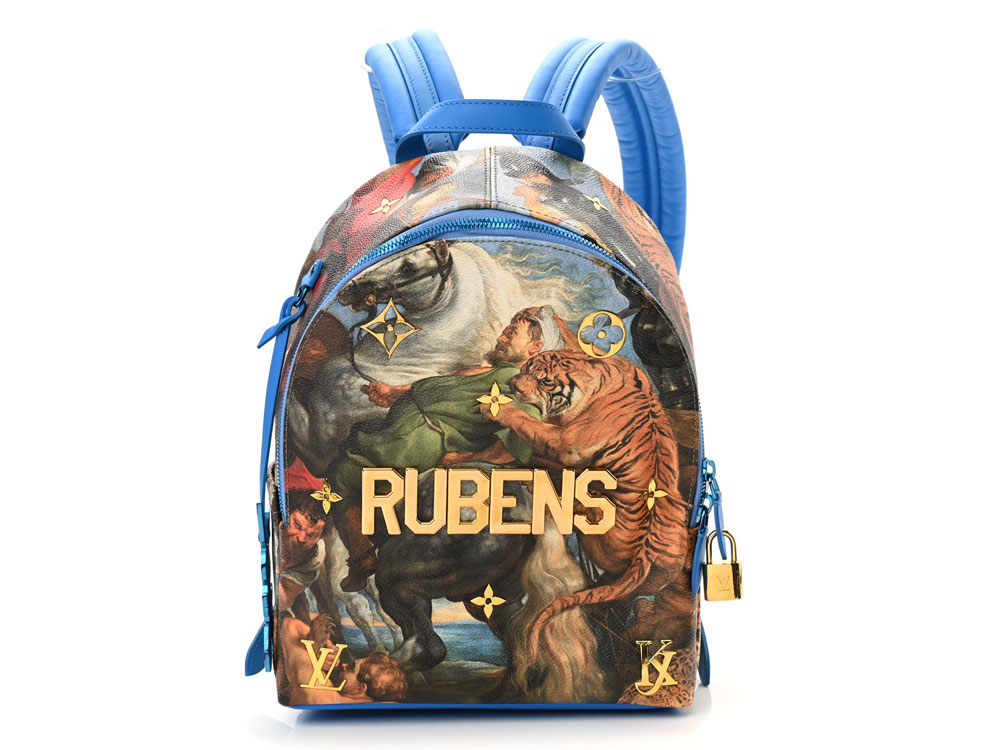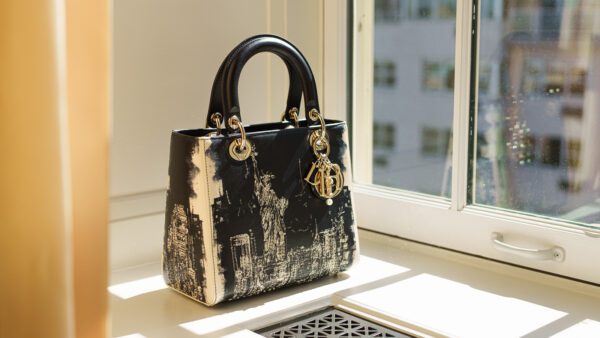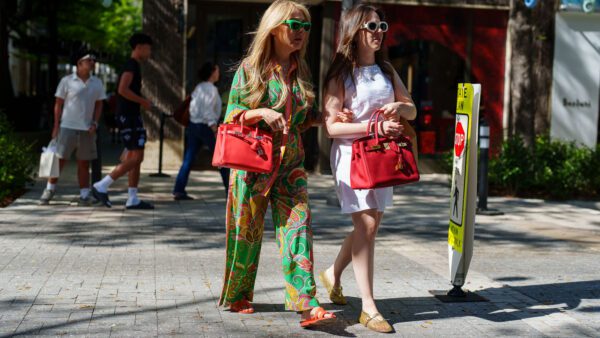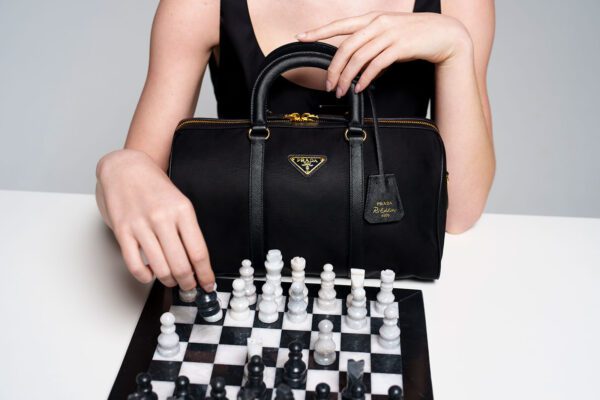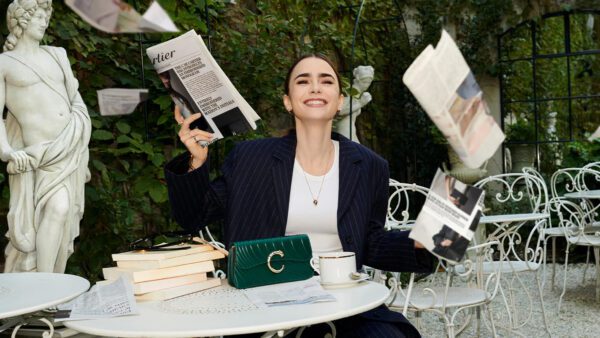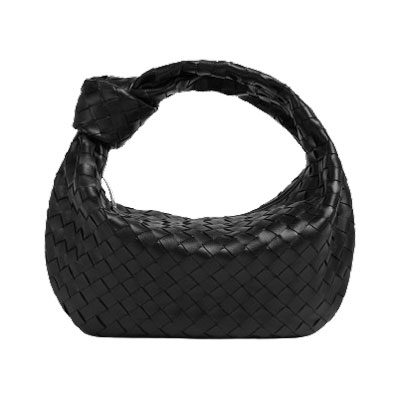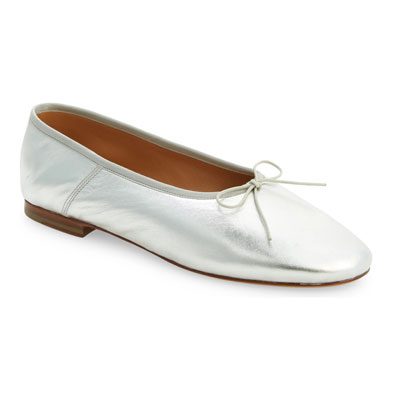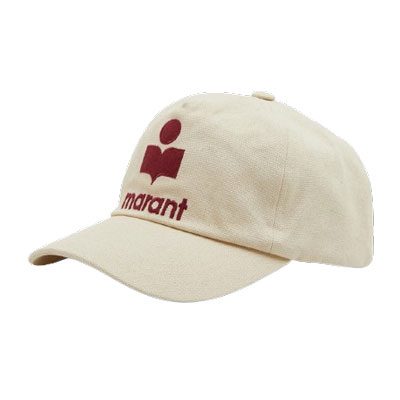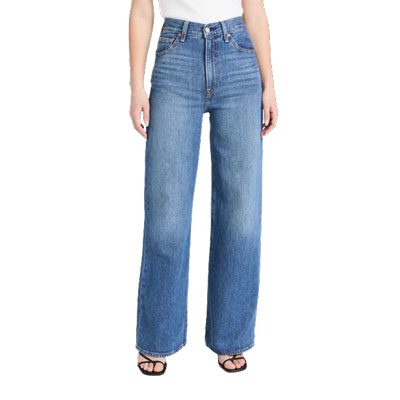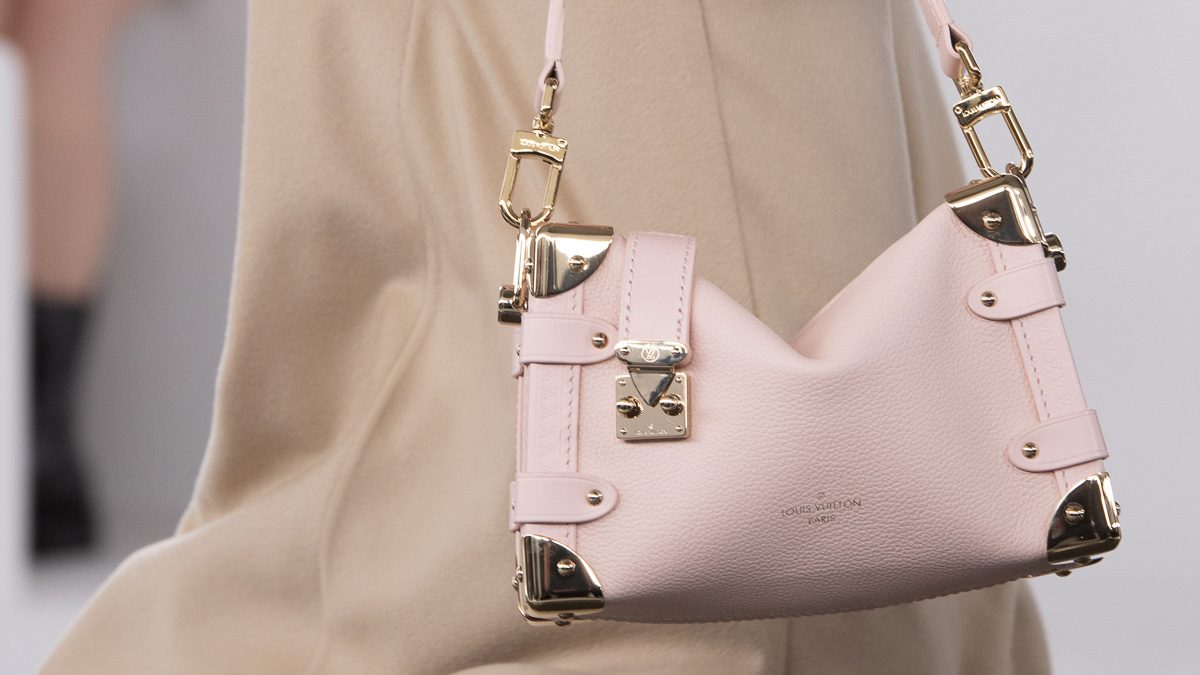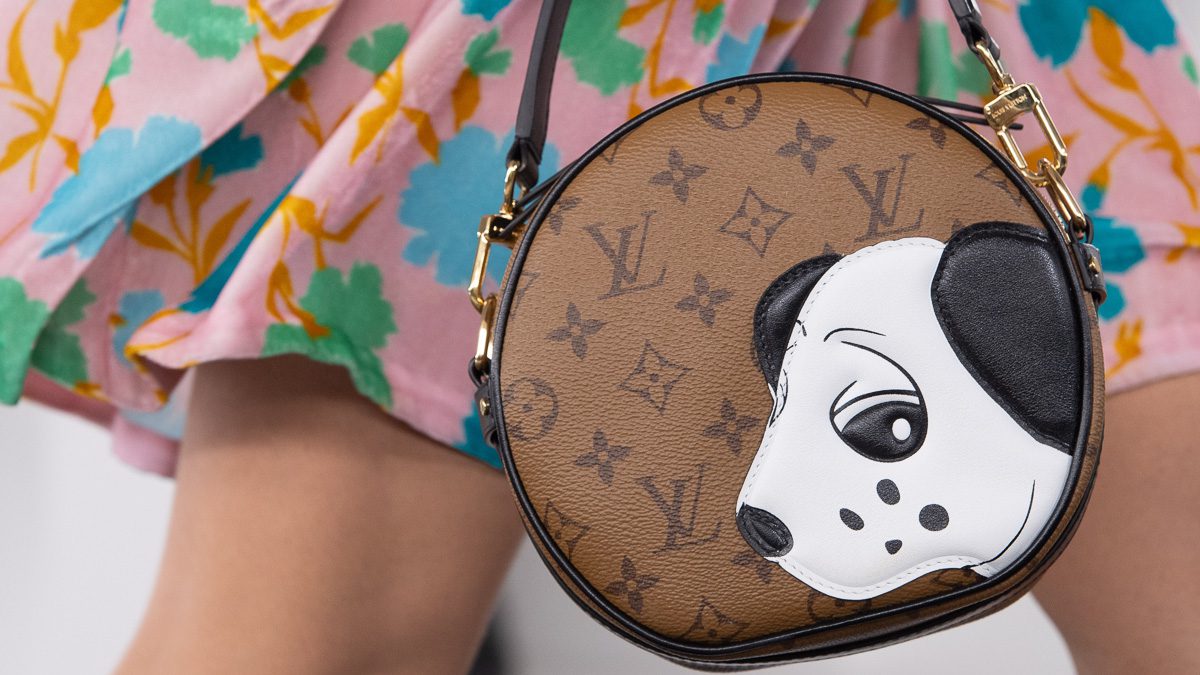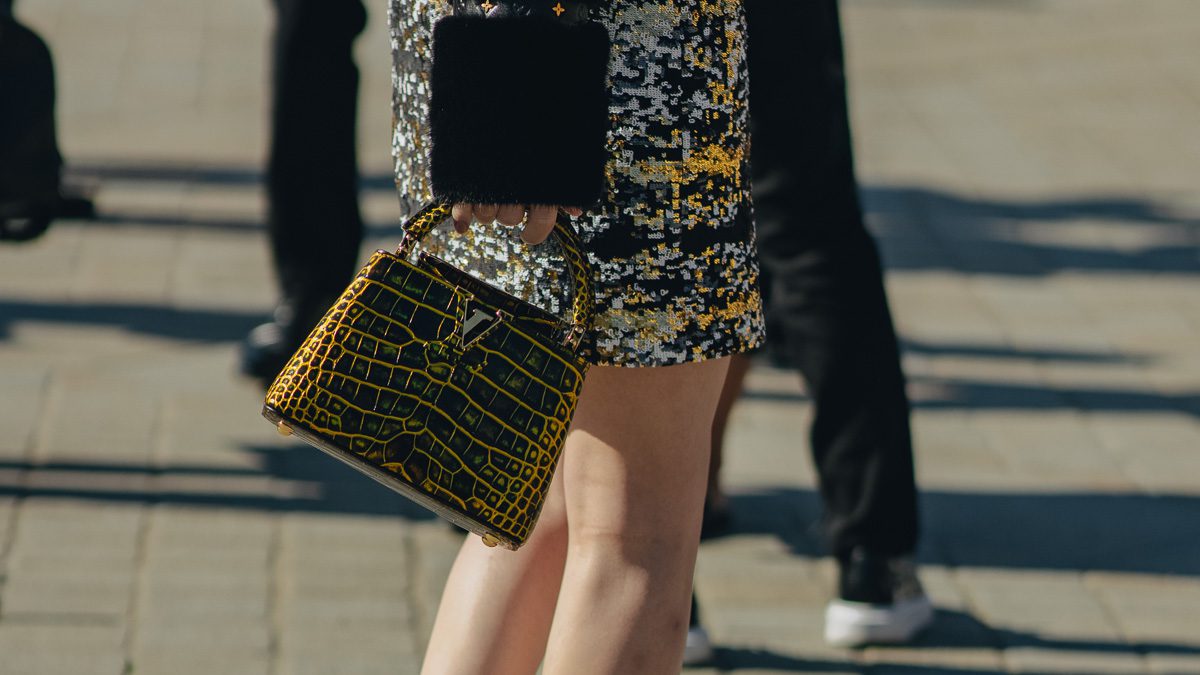Most people bring back a piece of French heritage from their first Paris trip. Yours truly, however, as an awkward tween (as opposed to an awkward twenty-something now), netted a rather insubstantial assortment of easily-replicable memorabilia, which, in hindsight, were all possibly manufactured in China. Namely, an Eiffel Tower keychain (remember those?), a pharaoh-shaped pendant (beats me why I thought France was the place for that), and a Mona Lisa magnet from, you guessed it, the Louvre gift shop.
Imagine my surprise when, several years later, the Louvre seemingly launched an array of pretty-looking purses printed with the Mona Lisa. Imagine my (even bigger) surprise when I discovered it wasn’t the Louvre but the house of Louis Vuitton, which had masterminded this creative ingenuity. Finally, imagine my utter horror when I realized that these “artistic” receptacles came attached with $4,000 price tags.
Ladies and gentlemen, let me reintroduce you to the polarizing Jeff Koons x Louis Vuitton Masters collection.
High Art Meets High Fashion
Long before Fendi met Versace or Tiffany’s x Nike were in vogue, Louis Vuitton had perfected the art of collaborations, historically having taken famous special orders from the likes of Gabrielle Chanel before pioneering partnerships in the early-aughts with virtuosos of the contemporary art scene, such as Stephen Sprouse, Takashi Murakami, and Yaoi Kusama, and having met with astounding success.
It was, therefore, only a matter of time before Jeff Koons, touted to be the next big thing since Andy Warhol and famous for sculpting $58.4 million neon balloon dogs out of steel, was roped in by Vuitton, or more specifically, by Delphine Arnault of LVMH, for creative collaboration. Inspired by Koons’ Gazing Ball series from 2015, the Masters collection of Summer 2017 featured five paintings by the Old Masters: Da Vinci’s Mona Lisa, Van Gogh’s Wheat Fields and Cypresses, Rubens’ Tiger Hunt, The Gimblette by Fragonard, and Titian’s Mars, Venus, and Cupid; exhibited in high-res on the signature canvases of the Louis Vuitton Speedy, Neverfull, and more.
These were then embellished with the artists’ surnames in all-caps, with a beveled, golden, “hip-hop” font (in case you needed a refresher on who painted the Mona Lisa), adorned with inflatable rabbit charms reminiscent of Koons’ 1986 sculpture, Rabbit, and stamped with a reconfiguration of the historic LV monogram to incorporate Koons’ own initials – a first for the brand. Priced from $585 for the standalone charms to $4,000 for the Keepall 50 (a far cry from Koons’ last brush with the handbag world selling for $50 via H & M), the collab retailed via a handful of Vuitton boutiques worldwide.
With campaigns featuring Swedish actress Alicia Vikander and Koons himself, the lineup allegedly met with such popularity that the brand released further styles, spotlighting the artists Monet, Manet, Gauguin, Turner, Boucher, and Poussin, later that year, on newer silhouettes, like the NéoNoé and Pochette Metis.
Art or Appropriation?
A friend of mine at college hauls her Audrey Hepburn tote so religiously to classes she has, to those less-versed in pop culture, occasionally run the risk of appearing mildly narcissistic, being rather Hepburn-esque in stature herself. (Also, is she now shrieking rapturously that she’s been featured, albeit dubiously, on PurseBlog? Yes, yes, she is.) And on a fundamental level, Koons’ Masters seems better aligned with your average Audrey Hepburn or Marilyn Monroe merch than with the sophistication of luxury accessories.
Although the idea isn’t new – brands such as Dolce & Gabbana, Fendi, and Versace have previously tapped into the Byzantine and Baroque arts for inspiration – rarely has a designer so boldly imitated not-so-obscure works of the Old Masters and slapped a high fashion label on it. In fact, while The Guardian’s Jonathan Jones may have dubbed Masters “heartfelt homages to great art” with an if-you-know-you-know quality, most buyers don’t really seem to, well, know.
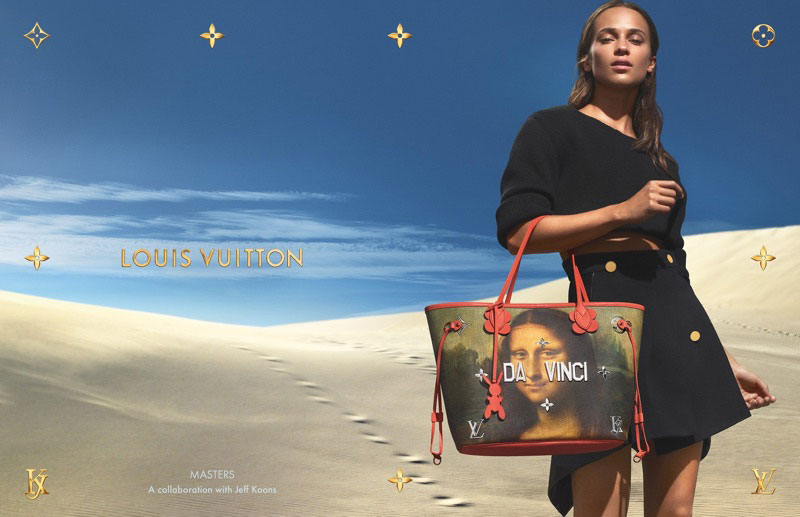
Unsurprisingly, therefore, the general consensus about the collection leaned towards one of high-end museum souvenirs, with feelings running deep among the PurseBlog community (Amanda reportedly felt existentially terrorized by the whole affair). London-based editor Diana Chire further opined about the provocateur, “Jeff is totally taking the piss,” and even Vuitton’s CEO, Michael Burke, confessed that Masters was a “politically incorrect” act of “the sacred entering the realm of the profane,” his optimism for its alleged subversion failing to translate to the audiences.
Was It All for Naught?
A good measure of a collaboration’s popularity is its popularity on the resale market and its supply and demand. Pieces from the collection (in excellent condition) are available for resale at grossly discounted prices (uncharacteristic of Vuitton when compared to the Stephen Sprouse Roses range). Despite the high hopes, the capsule seems to have failed on all counts. But does that mean Masters (and with that, Koons himself) left no legacy at Louis Vuitton?
A major grievance presented early on was that Masters was merely a reproduction of previous works, not originals by Koons. But where the artists’ works continue to sell for six figures, a $3,200 backpack may perhaps be forgiven for not being on par (and for those who can’t afford either, Koons assures, “they can walk by the windows of Louis Vuitton and enjoy them.”) In fact, the primary purpose of Masters arguably was to increase appreciation for artworks, melding the old and the new to create pieces that were simultaneously historical and contemporary.
As for the allegations of being reminiscent of a museum gift shop, in a way, that’s exactly the effect that Koons wanted to achieve, even replicating the cracks in the canvas of the original painting to create wearable works of literal art. It’s gauche, purposefully kitschy, and a big, fat “in your face” to quiet luxuries. Masters may not have been loved, but it certainly hasn’t been forgotten.

